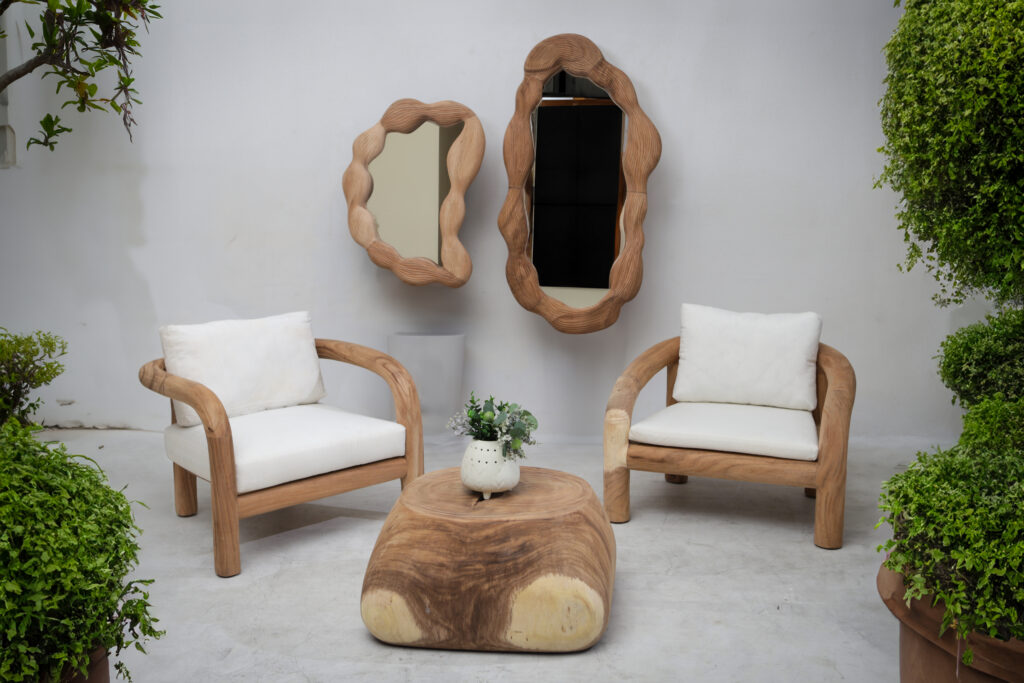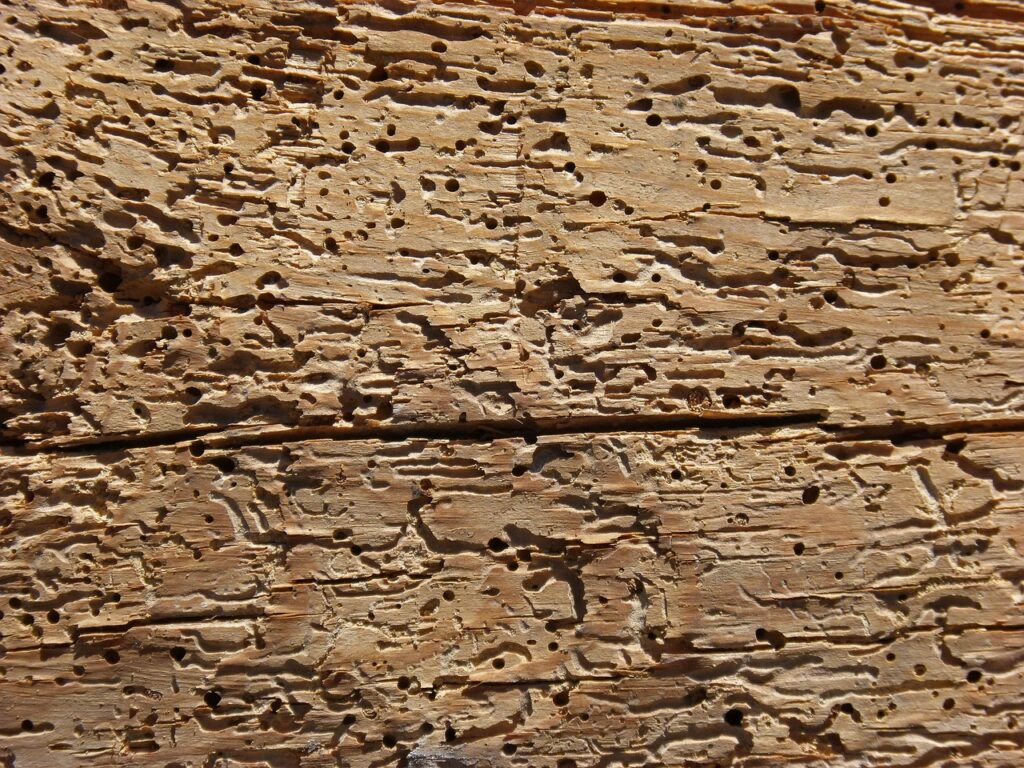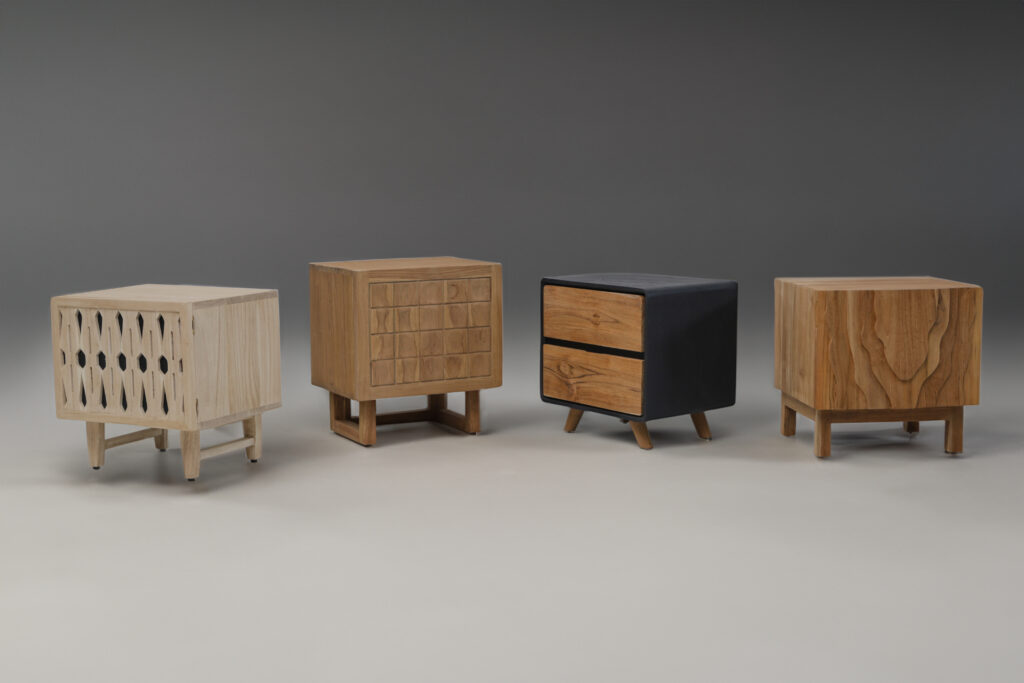How to Keep Your Wood Furniture Bug-Free and Protected
Jodi Martin

The main problem that every homeowner faces with their wood furnishing is bugs. In fact, these little creatures are common enemies for homeowners, as they can ruin beloved wooden furniture. Moreover, even if the interior is expensive, there is no guarantee that it will not be infested with harmful bugs.
If left alone, this can cause increasing damage to the interior. This damage, even if it looks trivial or unimportant, can lead to high repair costs; moreover, the problem is not only limited to ruined furniture. More dangerously, it can spread to the structural parts of houses, such as the attic or roof, which may collapse at any time if the ‘bones’ become thinner and weaker.
In this article, we are going to review what causes furnishing to become infested with bugs, identify the types of pests that commonly damage interior, explain how to prevent and protect it, and highlight which types of wood have natural resistance to bugs.
HOW BUGS GET INTO YOUR FURNITURE
Before we recognize the damage, we should first understand where the infestation began. There are many possible ways bugs can get into your furniture. To begin with, check every entry point in your house, such as windows, cracks in the walls, or gaps around doors. This is important because insect infestations, like termites, for example, often start from the outside. Therefore, carefully inspect the area around your home; if there are wooden objects or building structures that have been neglected for too long and are already infested, that is likely the source of the problem.
There is even a possibility that the furniture you purchase is already infested with pests. This issue usually occurs when buying second-hand furniture or when purchasing it from unreliable places that sell items at low prices. In addition, you should make sure that your furniture is placed in the right location. Rooms with high moisture in the air—most likely basements, closets, or bathrooms—create a favorable environment for pests. Therefore, placing furniture that is not suited for high-humidity areas only invites more bugs and insects to breed in it.
WATCH OUT OF THIS BUGS
Before going to war, you should first know your enemy. Understanding what type of insects you are dealing with can help determine the right prevention measures to take. However, before that, you need to learn how to spot the signs of infestation. For instance, check if there are small round exit holes in the wood. Look on the floor to see if there is any sawdust, powder, or pellets, and if not, examine the areas around the exit holes. Pay attention to unusual behavior from the furniture or structure itself, such as creaky floorboards, tiles that begin to peel, or stained surfaces. Watch for patterns resembling tunnels. In addition, if the furniture is near water sources, check for mold or mildew on its surfaces. Finally, be alert for sudden swarms of insects around entrances like windows, pools, or outdoor wooden furniture.

Now what type of bugs are commonly found in furniture?
- Termites: Let’s start with the most well-known one. With around 2,000 species worldwide, termites are considered the most destructive wood-eating pests today. One species commonly found in household furniture is the Drywood termite. These termites can live inside wooden furniture and remain undetected for months. These small insects have four wings that are longer than their bodies and shed them once they begin to settle in wood.
Unfortunately, early signs of termite activity are often difficult to notice because they do not leave sawdust behind. While some species do leave traces, it is not sawdust but rather pellets—essentially termite droppings. These pellets often carry a mold-like odor, which can trigger asthma and allergic reactions in humans.
- Powderpost beetles / Woodworm: This insect is second only to termites in causing damage. Also known as the Woodworm, Powderpost beetles lay their eggs in wood, and their larvae feed on it while digging through. This pest is a major enemy of seasoned hardwoods and antique furniture. Powderpost beetles are difficult to detect because they are rarely seen and are usually active only at night.
These insects are typically brown to reddish in color and have two pairs of wings. They are attracted to light and may sometimes be spotted swarming around windows. With their wings, they can easily fly into a home, but more often they are introduced through firewood, old furniture, or construction materials. - Carpenter Ants: According to statistics, carpenter ants cause millions of dollars in damage to homes every year. Unlike other ants, they do not eat wood; instead, they tunnel through it to create nests.
Their trails are known as frass, which consists of sawdust-like debris pushed out through small holes in wooden structures—not feces, as many might assume. Carpenter ants usually prefer soft, damp, or rotten wood and are often found in areas near water sources such as pools, sinks, dishwashers, or toilets. One clear sign of infestation is the sight of flying ants inside your home, which indicates that the colony is ready to expand.
CLEAN THE FURNITURE FROM THE BUGS
If you spot a bug in your furniture, act quickly to stop the spread and prevent further damage. The first step is to carry out some basic pest control. Begin by isolating the infested furniture, moving it far away from walls or other wooden surfaces to prevent the infestation from spreading.
Next, thoroughly clean the item by vacuuming joints, cracks, and undersides. Wipe down all surfaces with a 50/50 solution of soap and water or vinegar and water. This helps remove eggs and kill the insects. Then, place the furniture in direct sunlight for a few hours, as heat and light can drive bugs out and reduce the moisture that attracts them. Finally, monitor the piece and seal any small cracks with wood filler to block re-entry.

Common household treatments to kill insects:
- Lemon Juice Spray: Well known as a natural bug deterrent due to its strong scent and acidity.
- Clove or Peppermint Oil: Mix a few drops with water and spray on affected areas. The strong scents help drive away pests such as ants or mites.
- Baking Soda: Sprinkle around joints or inside drawers to absorb moisture and odors that attract bugs.
PREVENTION STEPS FOR INSECT INFESTATIONS
Prevention is key to avoiding repeat infestations. Here are several ways homeowners can protect their furniture in the long term:
- Control humidity: Use dehumidifiers or proper ventilation, especially in basements and bathrooms.
- Inspect regularly: Pay close attention to wooden furniture, particularly older or second-hand pieces.
- Avoid damp contact: Do not place furniture directly on soil or damp floors, and keep wood away from walls where bugs might hide.
- Seal wood surfaces: Apply sealant or refurbish bare wood to close natural pores where bugs may lay eggs.
- Maintain cleanliness: Clean under and around furniture often to remove food crumbs, dust, and moisture that attract pests.
- Check second-hand items: If purchasing used furniture or reclaimed wood, inspect and clean it thoroughly before bringing it indoors
CONCLUSIONS
Bugs in your furniture are not only annoying but can also cause serious damage if left unchecked. The good news is that with awareness and regular maintenance, most infestations can be prevented or treated at home using simple tools and household cleaners.
By understanding how pests enter your furniture, recognizing the early signs, and applying common cleaning solutions such as vinegar, soap, and essential oils, you can keep your furniture bug-free. Moreover, if you are planning to buy new pieces, selecting wood types with natural resistance—such as teak, cedar, or mahogany—adds an extra layer of protection.
At Natuzz Ohme, we ensure through strict quality control that no bugs or insects can infest our products. Through proper processing and prevention techniques, we make sure that there will be no bad surprises for our customers when they open our furniture. We also use natural materials that carry their own protective qualities, including teak, cedar, mahogany, white oak, and redwood. Interested in our collection? Explore our products today!
Reference:
Hey there 👋
Need help? Chat with us on WhatsApp!



